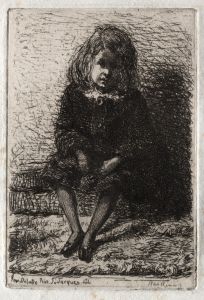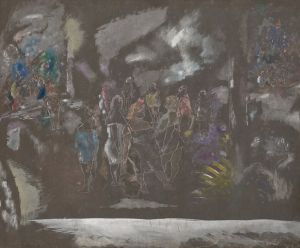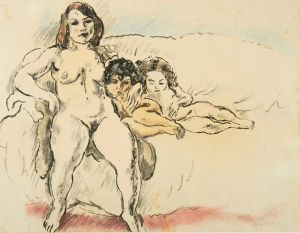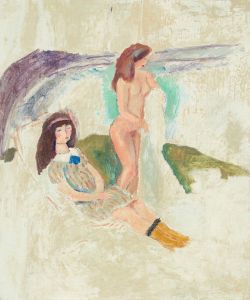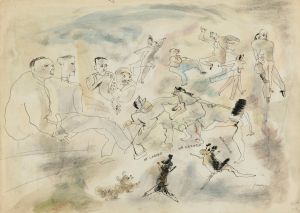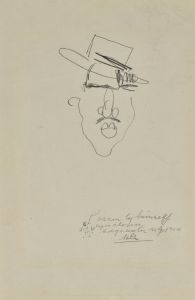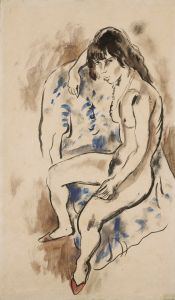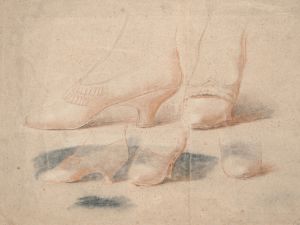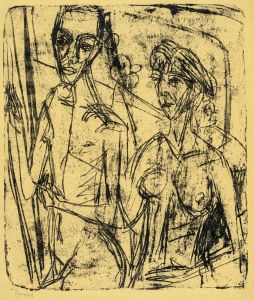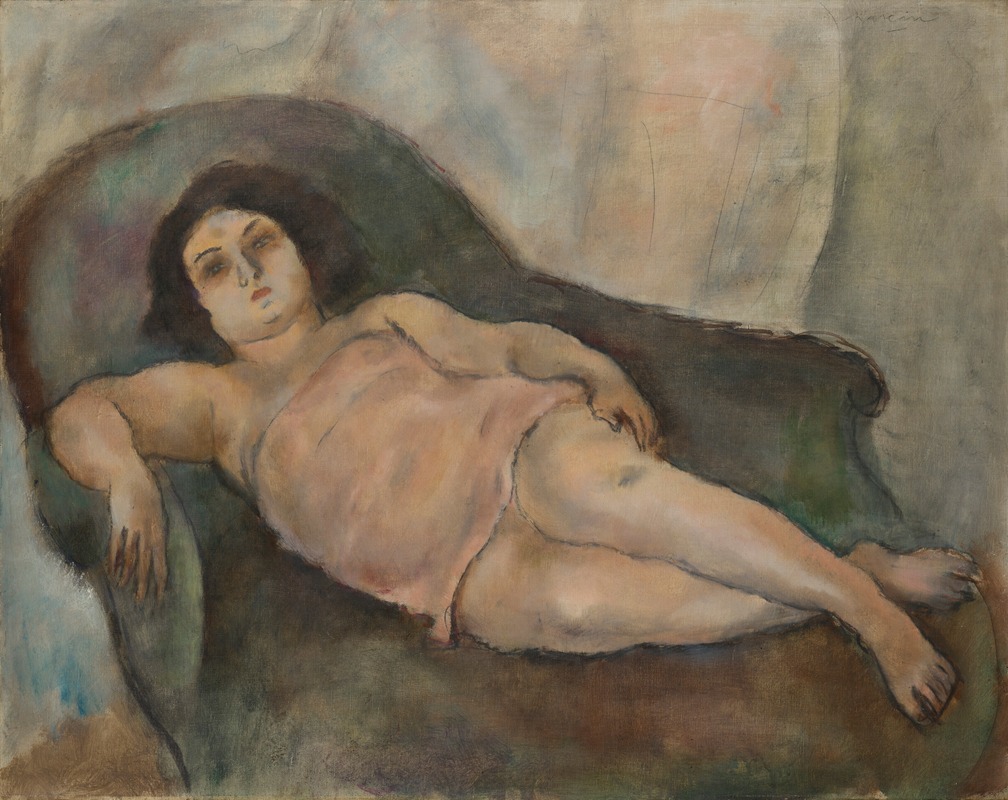
Le Modèle à la chemise rose
A hand-painted replica of Jules Pascin’s masterpiece Le Modèle à la chemise rose, meticulously crafted by professional artists to capture the true essence of the original. Each piece is created with museum-quality canvas and rare mineral pigments, carefully painted by experienced artists with delicate brushstrokes and rich, layered colors to perfectly recreate the texture of the original artwork. Unlike machine-printed reproductions, this hand-painted version brings the painting to life, infused with the artist’s emotions and skill in every stroke. Whether for personal collection or home decoration, it instantly elevates the artistic atmosphere of any space.
Jules Pascin, a Bulgarian-born artist of Sephardic Jewish descent, is widely recognized for his contributions to early 20th-century modern art. Known as the "Prince of Montparnasse," Pascin spent much of his career in Paris, where he became associated with the École de Paris, a group of international artists working in the French capital. His works often depicted intimate, melancholic scenes, frequently featuring female figures rendered with a delicate and expressive touch.
"Le Modèle à la chemise rose" (The Model in the Pink Blouse) is one of Pascin's notable paintings, showcasing his characteristic style. The artwork portrays a seated female model wearing a pink blouse, rendered with soft, fluid brushstrokes and a muted color palette. The composition reflects Pascin's sensitivity to the human form and his ability to capture the emotional depth of his subjects. The model's pose and expression convey a sense of introspection, a recurring theme in Pascin's work.
Pascin's artistic approach often combined elements of Impressionism and Expressionism, resulting in a unique aesthetic that emphasized both the physical and emotional presence of his subjects. His use of light and color in "Le Modèle à la chemise rose" demonstrates his mastery of creating atmosphere and mood, drawing the viewer into the intimate world of the model.
The painting is representative of Pascin's broader body of work, which frequently explored themes of vulnerability, sensuality, and the complexities of human relationships. His depictions of women, in particular, have been noted for their tenderness and psychological depth, avoiding idealization in favor of a more honest and empathetic portrayal.
While specific details about the creation and provenance of "Le Modèle à la chemise rose" are not widely documented, it is consistent with the themes and techniques that define Pascin's oeuvre. His works have been exhibited in major galleries and museums worldwide, and he remains an influential figure in the history of modern art.
Jules Pascin's life was marked by both artistic success and personal struggles. He tragically took his own life in 1930 at the age of 45, leaving behind a significant legacy that continues to be celebrated by art historians and collectors. "Le Modèle à la chemise rose" stands as a testament to his talent and his ability to convey the complexities of the human experience through his art.







![Designs for the Tavern Club, 333 Michigan Avenue, Chicago, Illinois.] [Sketch for foyer and bay window](/imgs/249330/s/winold-reiss-designs-for-the-tavern-club-333-michigan-avenue-chicago-illinois-sketch-for-foyer-and-bay-window-f04f4d57.jpg)
![Miscellaneous small sketches for inlaid table tops.] [Design with blue circular motif](/imgs/249432/s/winold-reiss-miscellaneous-small-sketches-for-inlaid-table-tops-design-with-blue-circular-motif-ed1ccdfe.jpg)
